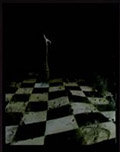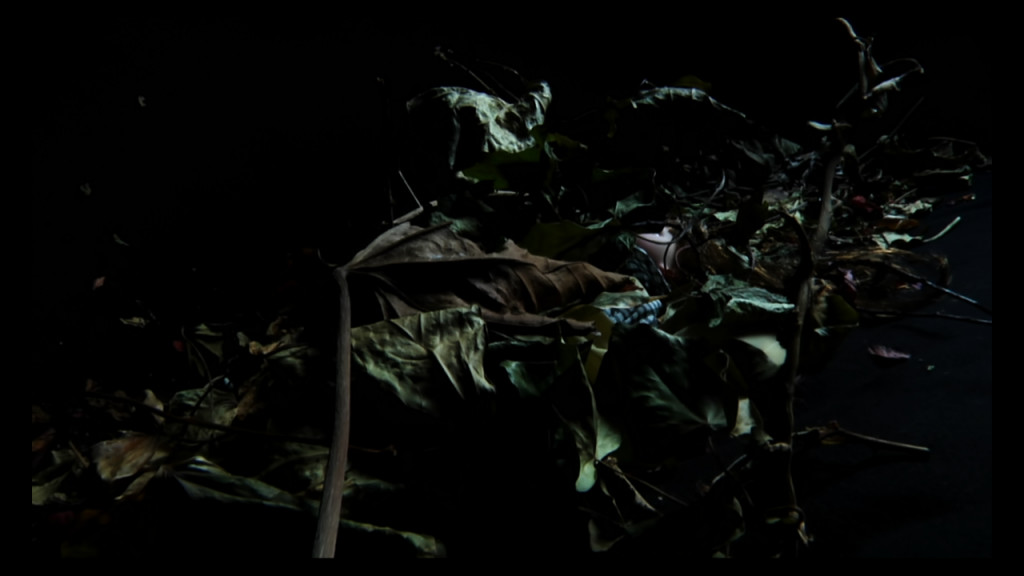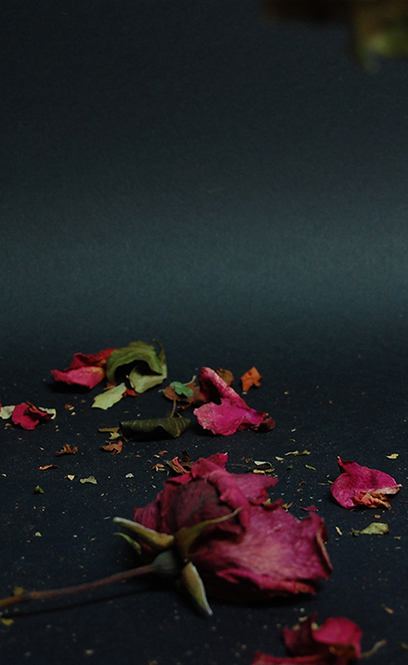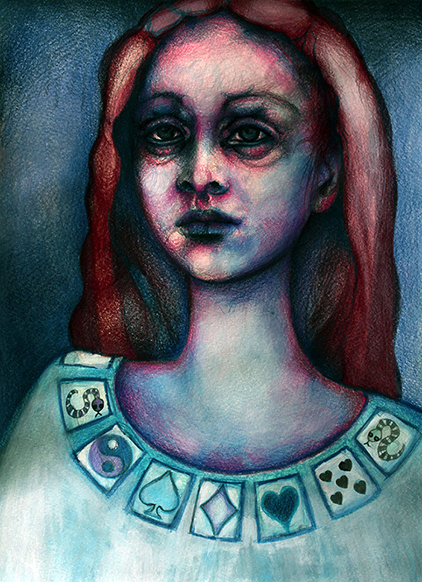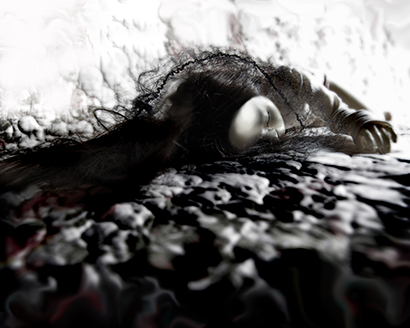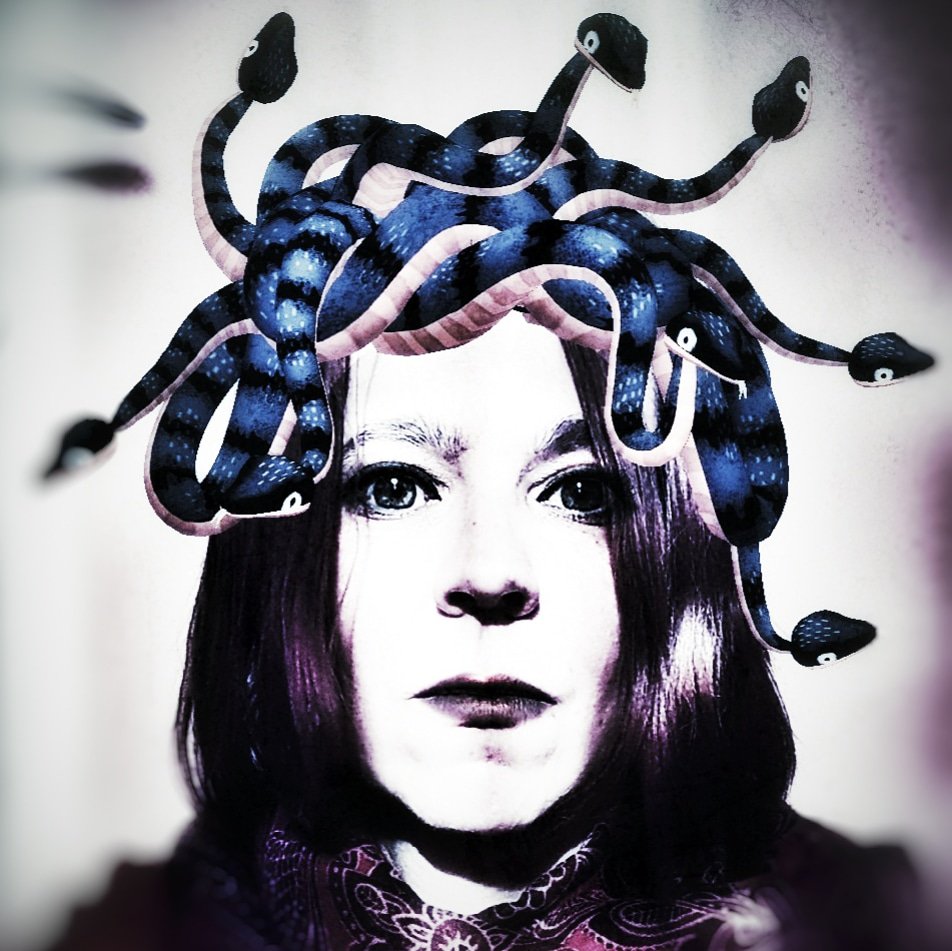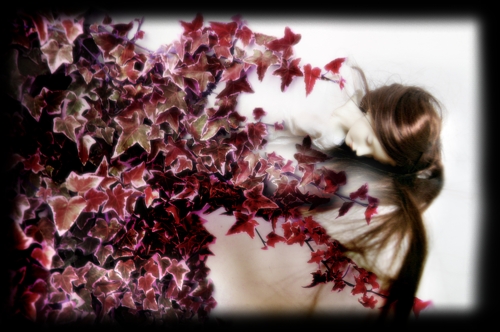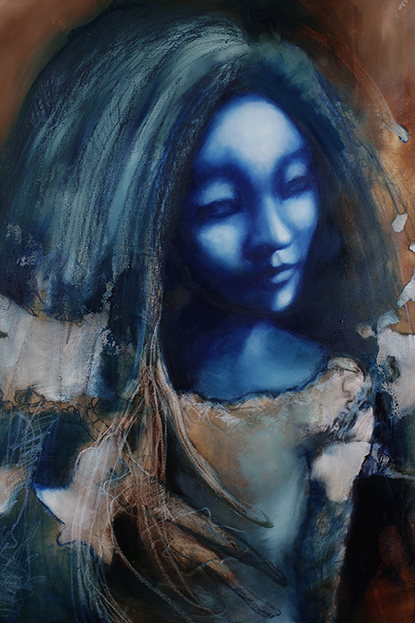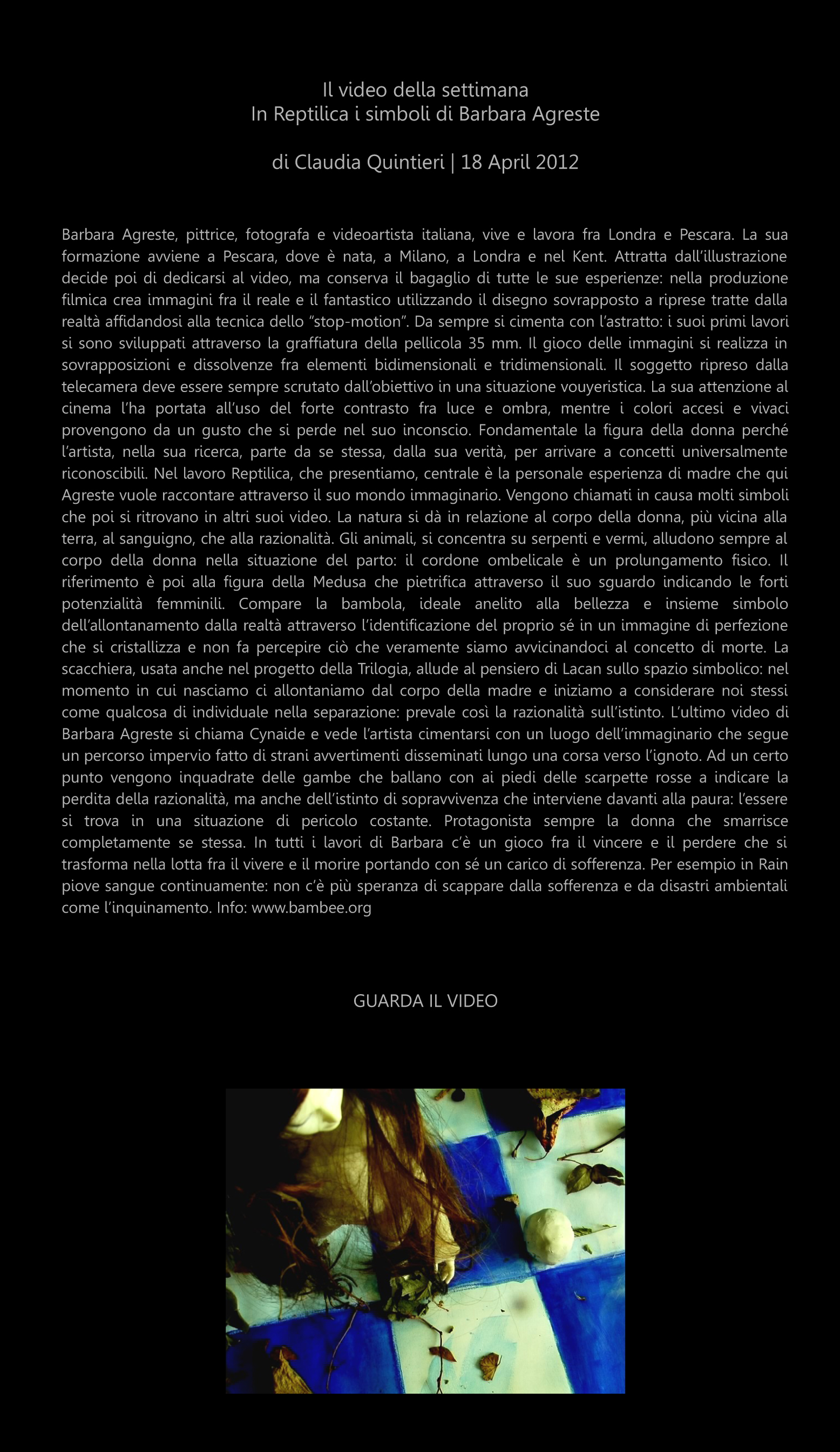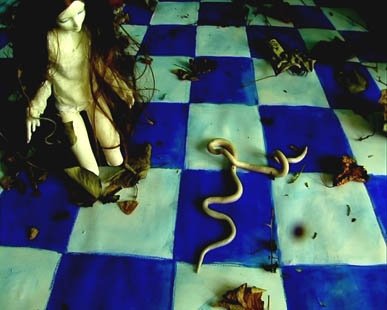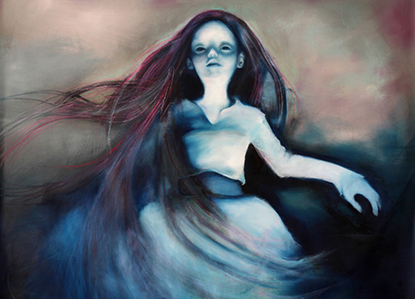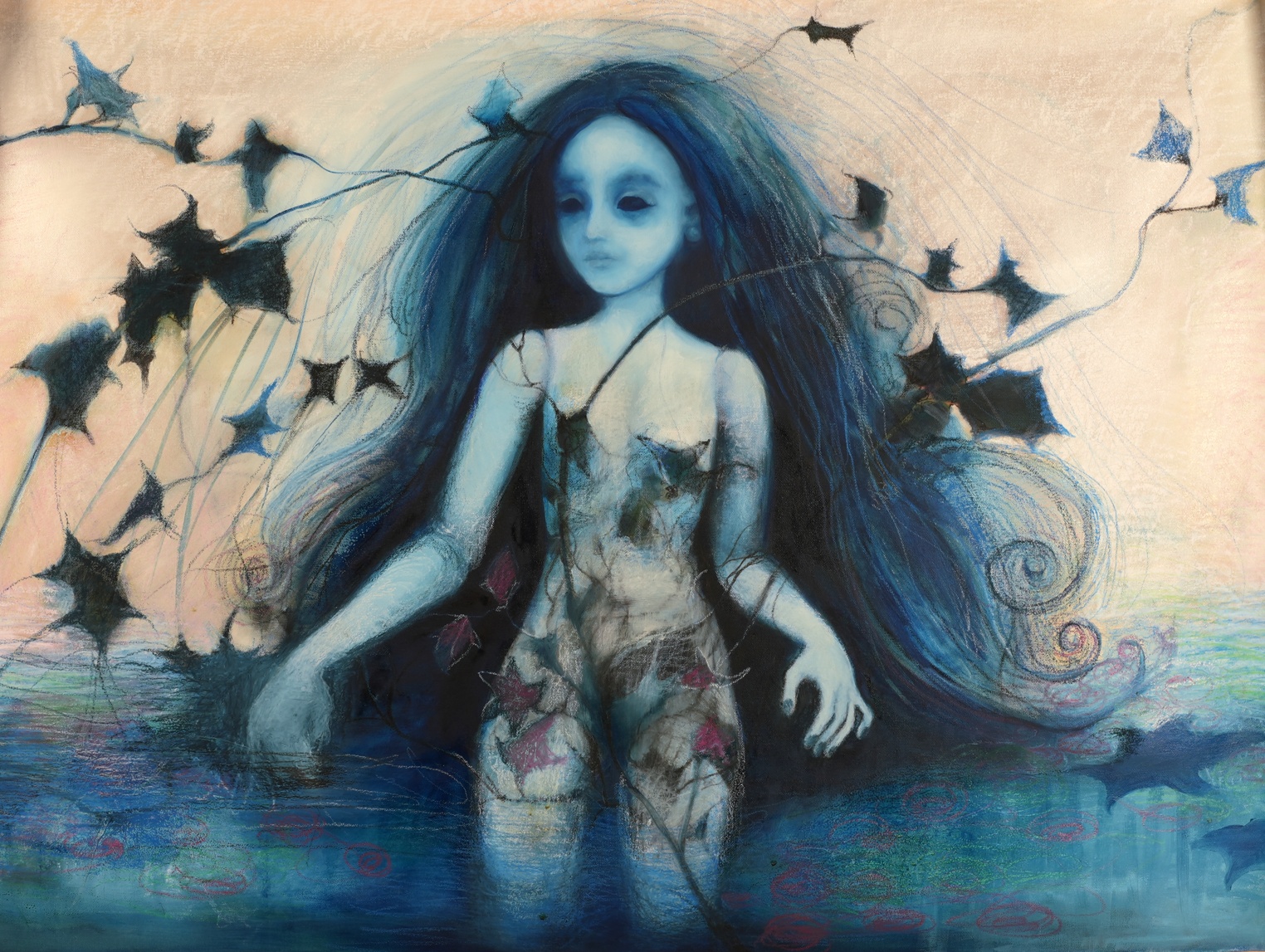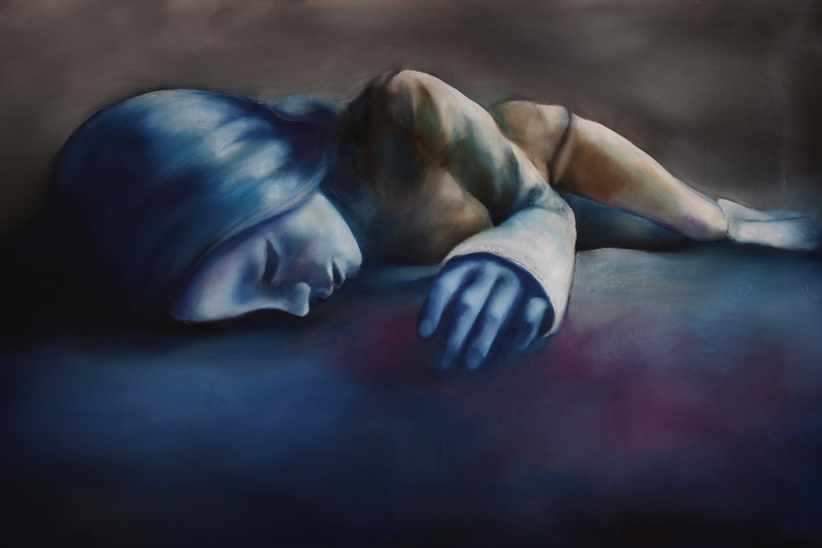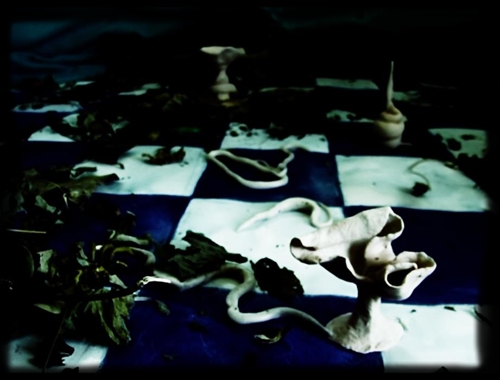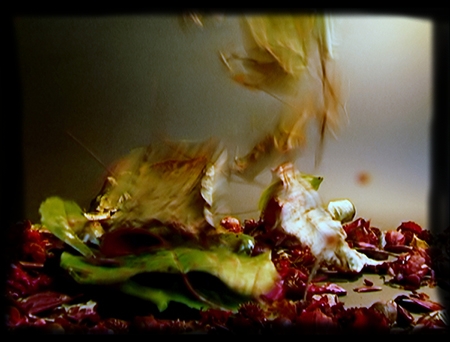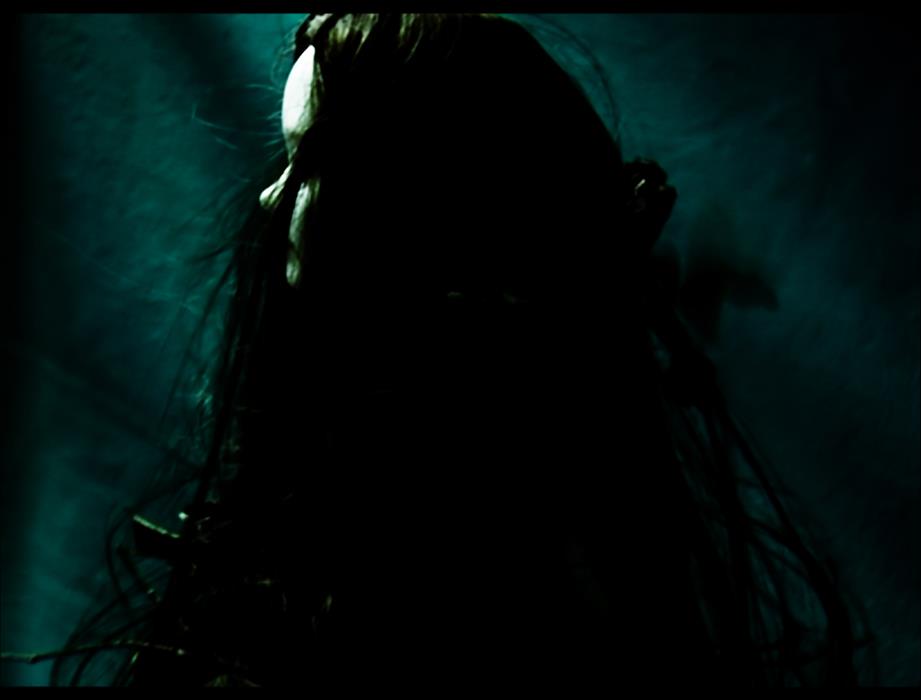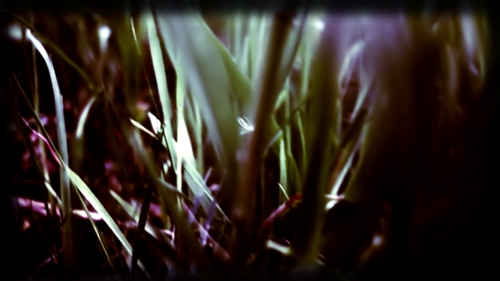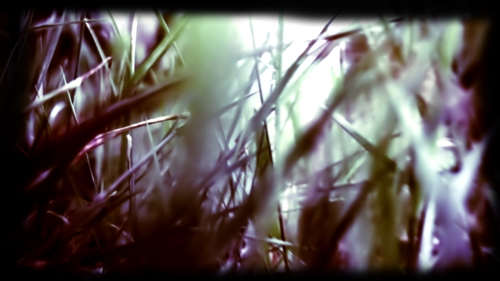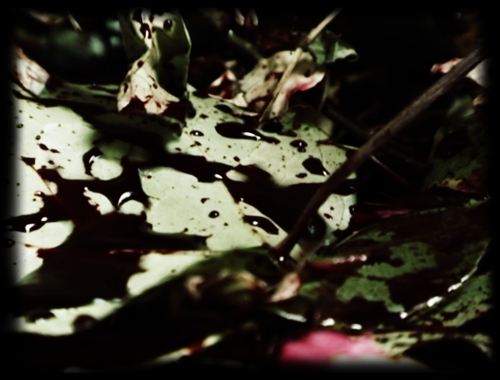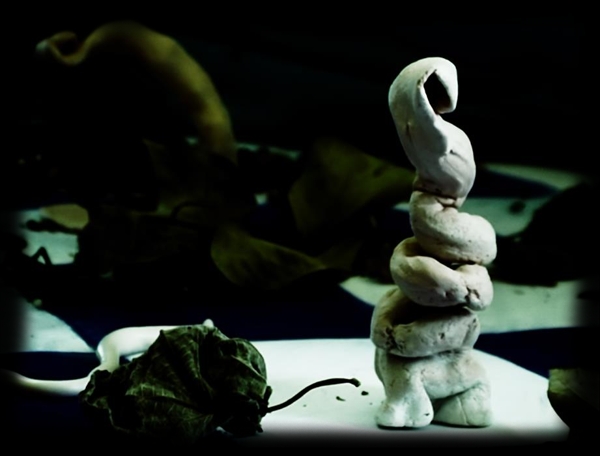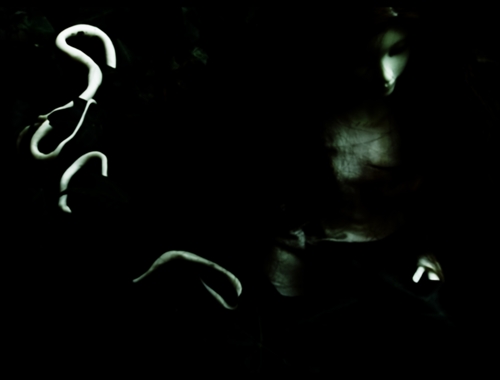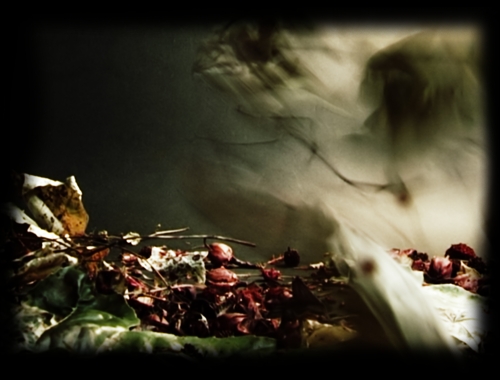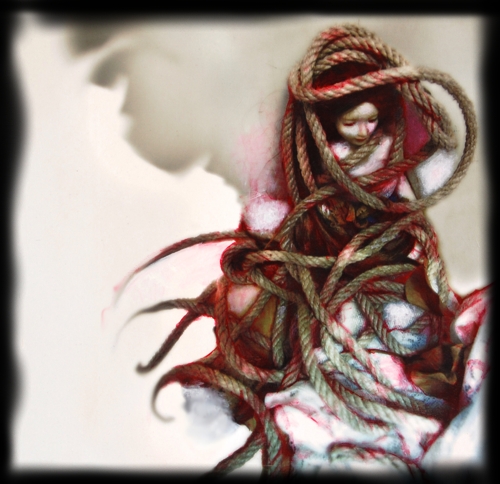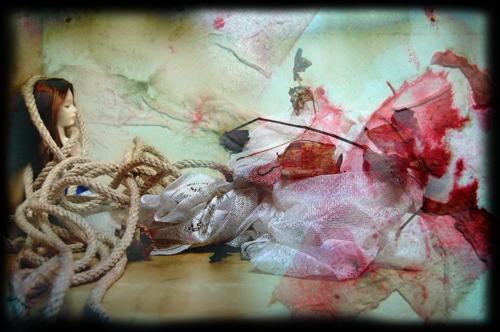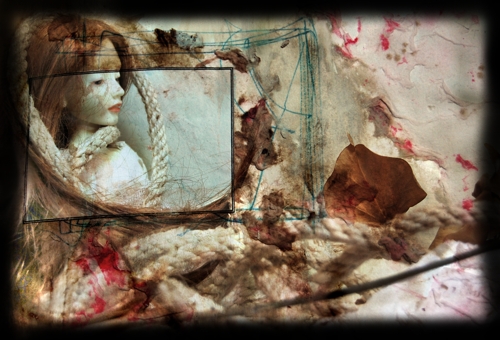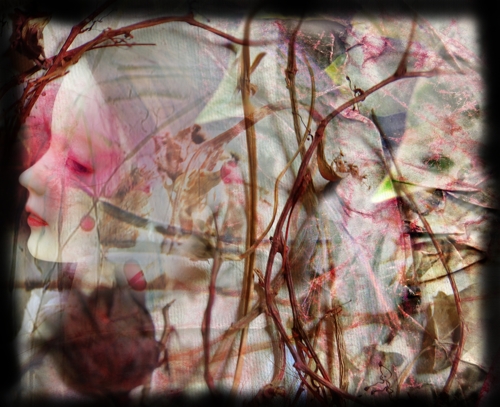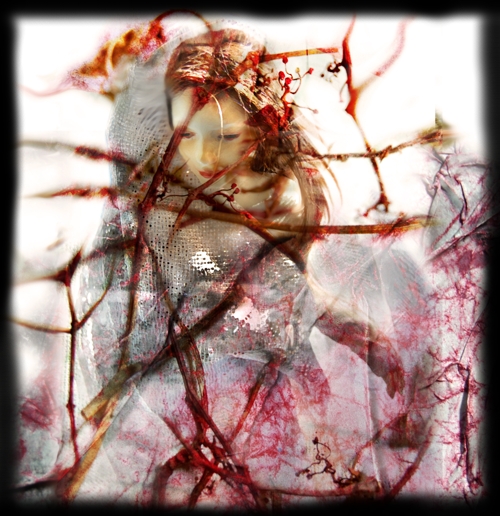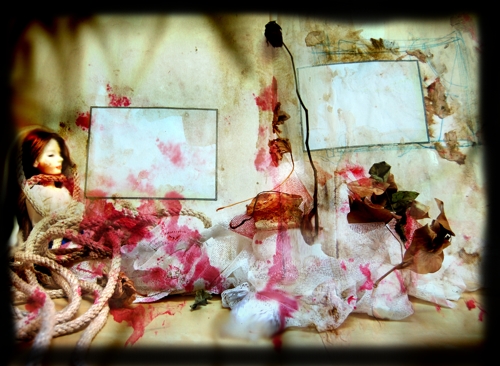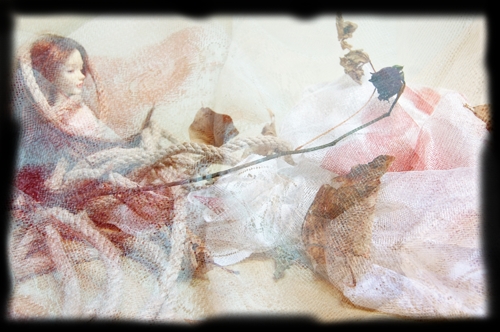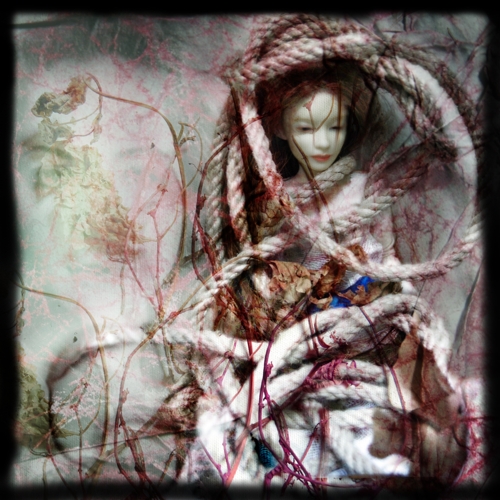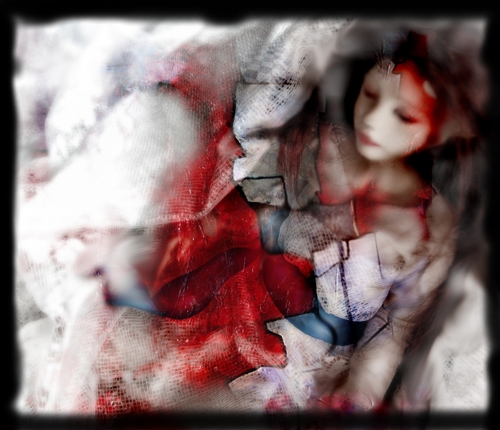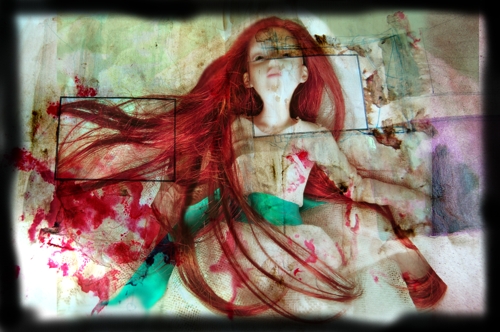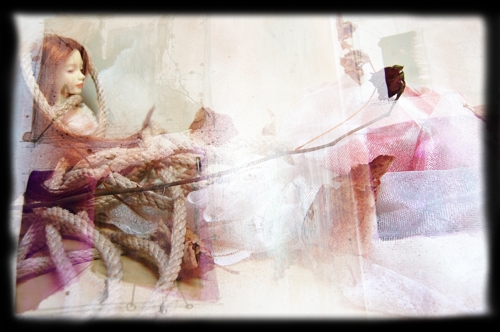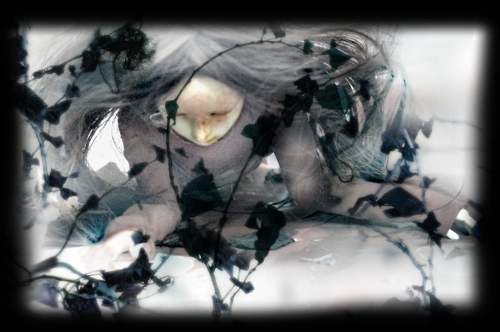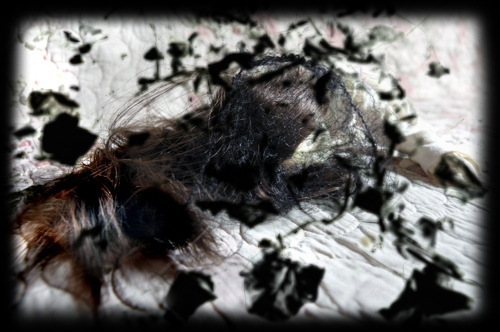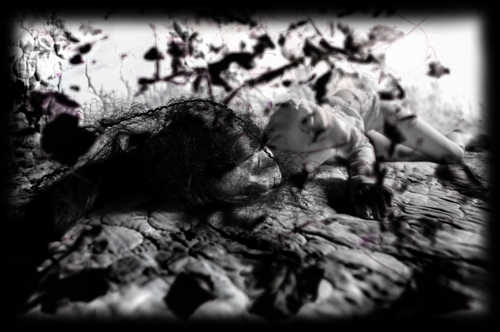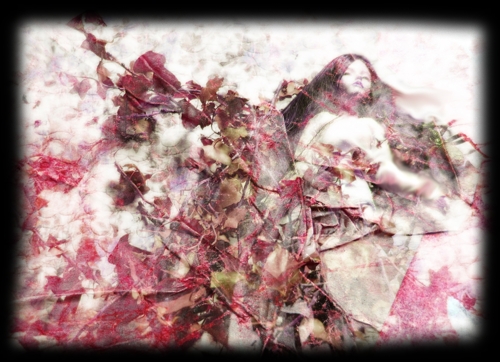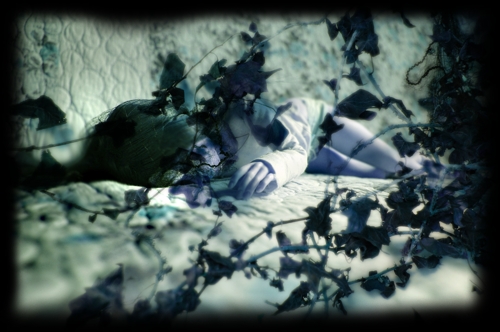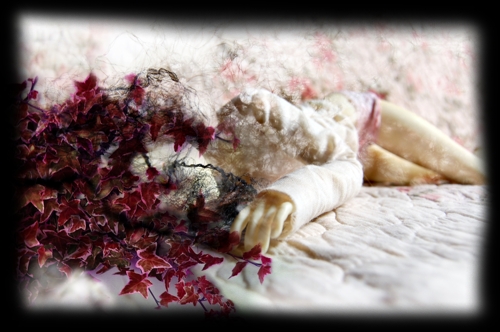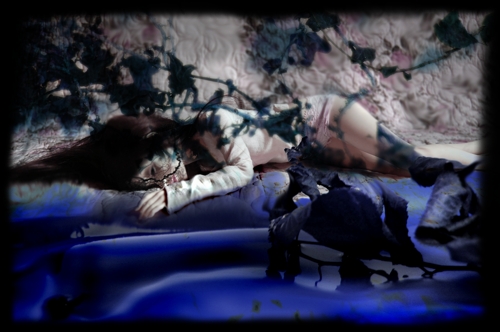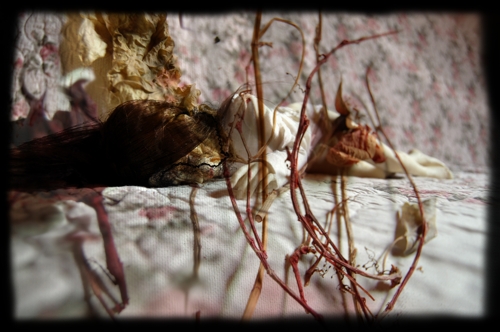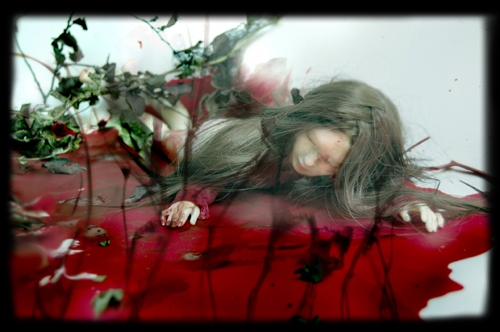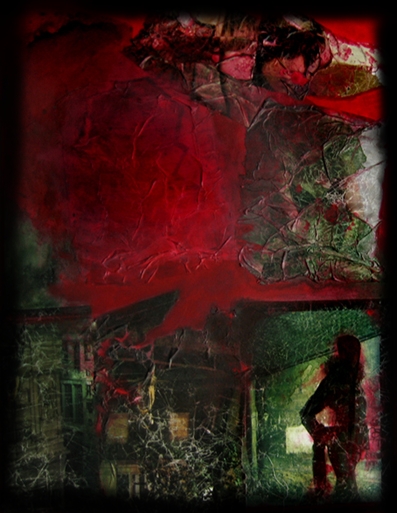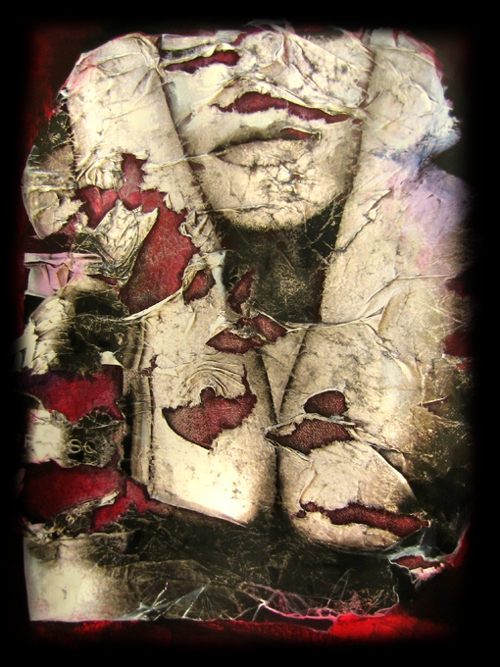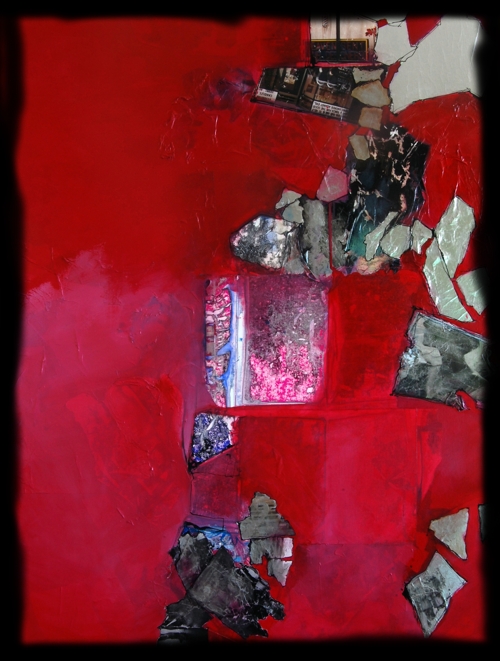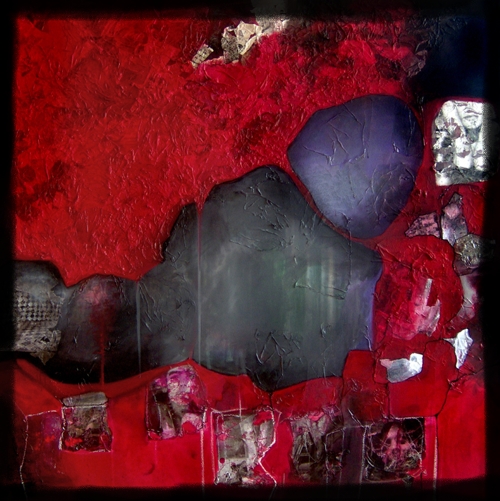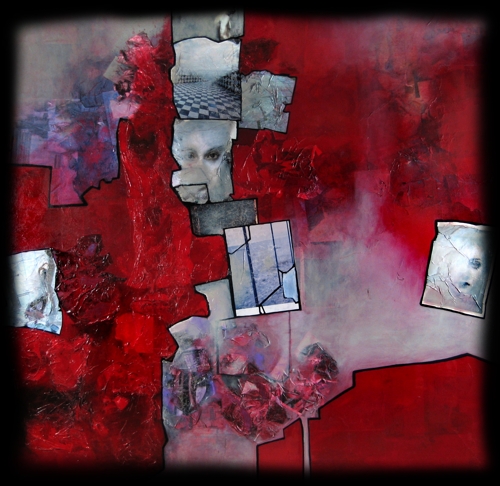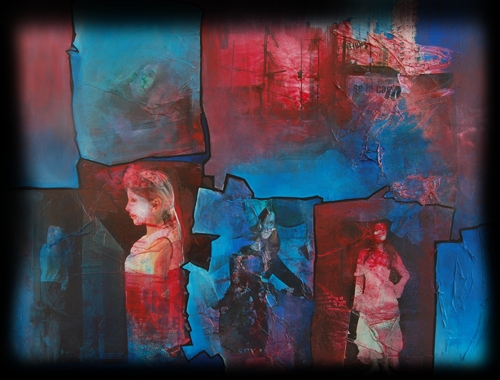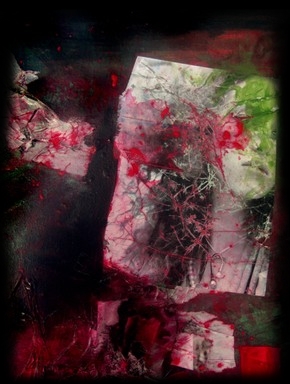Cyanide
…
…
…
Cyanide: running towards the void
…
My film Cyanide has had a peculiar beginning. It originated from a period of my life of extreme depression, and uncertainty, and it was an action I was performing every day that made me think about developing the more predominant images of this film.
The Tower Trilogy
…
…
The Tower Trilogy
…
The Tower Trilogy has three titles that originated in Italian: “La Torre, Le Formiche, Lo Specchio” and they translate this way in english : “The Tower, The Insects, The Mirror”. This animation is made with 16 mm film, and DV video, and it is very abstract although some figures appear on the screen at some points.
Ruby Red Hair
…
…
Ruby Red Hair, Tao,
and Playing Cards.
…
Ruby Red Hair: Drawing Series – pastels on acid free paper.
This is a drawing of a woman with Ruby Red Hair, or vivid dark red hair: she is the icon of wild nature when the human meets with the darkest and most enigmatic side of the earth. The carmine, vivid crimson colour of her hair represents a particular moment in time when her menstrual cycle is in the bleeding phase. This phase is very strange: the hair of the woman hasn’t always been red, but when the bleeding time comes, her hair turns suddenly carmine,
Nigredo Blackness
…
Nigredo Blackness
The Catharsis of Ophelia
Nigredo Blackness. Today I looked at some of my digital paintings from the Nigredo series, and I found out that many of them were left unfinished. I was especially interested in one of those images, the one that best represents the Nigredo phase, one that has actually a lot of black matter in it, an almost entirely black and white piece.
Art needed: when we need it, and what it does to the image of ourselves.
…
…
ART NEEDED
…
When Art is needed, and when it’s not.
Art needed me, I needed art.
Again on art; this time I have pondered about what made me, in my past, need art so much, and I have finally, after having stopped for a while producing forms, found the answer: I have never existed at peace and harmony with myself since when I was born, because of the influence of a narcissistic parent with a pathology so hard to identify, and so insidious, Continue reading
Poisoned Ivy
…
About Barbara Agreste
…
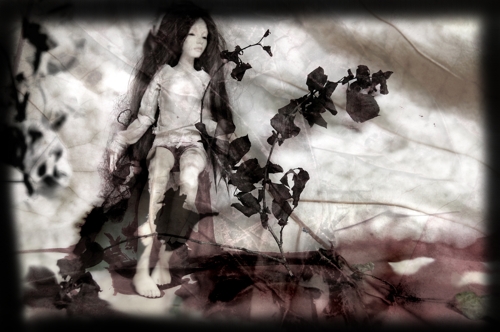 …
…
Poisoned Ivy
Barbara Agreste, post surrealist artist, her artwork takes the viewer into a dreamy world full of tricky tiles, falling flowers, and sharp shards.
She blends poisoned ivy to the image of Ophelia, showcasing a doll as the best example of her strange way of conceiving beauty: never flaunting, discreet and androgynous, part of a concealed world immersed in thriving nature and cold swamps, a fragile universe of subtle ethereal pain and melancholic moods.
Barbara Agreste disseminates fallen petals, disconnected shiny leaves, and fragments of mirror along impervious paths, leading the viewer of her video art, and short films to a journey characterized by the instability of walls and floors, and by the dazing alternating colours of unsteady tiles. There is always danger in these adventures, uncanny places of hidden eyes, or architectures built with the special purpose of causing accidents to the passengers. It is nature the tricky environment, full of leaves and blood, but this natural lanscape is also magnified and remoulded: it is not a totally true vegetation that we see, but rather a genetiacally modified one, a distorted natural proliferation, reminiscent of the cinematic settings, assembled like a labirinth hiding too many things, leading to a previously arranged scene.
Never trust your eyes.
…
…
Poisoned Ivy
About Barbara Agreste
…
Earth
…
…
oil on canvas
90 x 84 cm
2011
…
Earth
…
This painting is about the earth. It is so because the earth is the place that welcomes all of us when we are unable to stand, or walk. When we have a problem with our balance, the earth is there to protect us, and will guide us through the recovery of our right senses, and of our conscious life.
When I made this painting I was excited about the outcome of the doll’s body, it was an incredible discovery that I could render the lights, and shadows of the feet, legs and trunk so well, so naturally, with no need to make things perfect, and with just a few brush strokes, things would come out so plausible. I decided then to make the face, and it hasn’t turned out to be so convincing.
But I did not want to change it, because I thought perfection in this case was not needed: we have the face of a puppet, and the atmosphere of this painting is uncanny, wants to be sinister. Therefore why to make the doll’s face more human?
The message is one of “transformation of pain”, “transfiguration”, so even if the nose wouldn’t return a mathematical perfection in its lightings, I left the features distorted intentionally, so the sensation that some sort of unstable dream is going on stays with the viewer.
I wanted to create the flashback of a dream: the picture is like a film frame that would pass, like a lightning strike, trough the length of the film, a sudden opening of light into the unconscious mind of the viewer/author/protagonist.
This earth painting is one of a series of paintings that represent the concept of ground as an important resource of reconstitution. It is the ever resting place for the body: in my imaging a ground not very detailed, rather blank and anonymous, but yet still very present and important for understanding the transitional state of the Nigredo.
…
Earth
…
